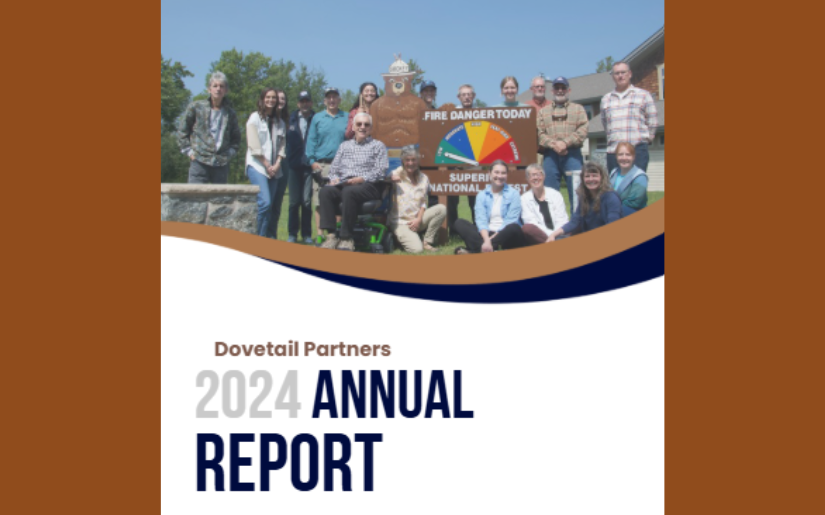Urban forests are important because of their size and scope, their impact on local economies, and the many social and environmental benefits they provide, due in large part to their proximity to people. According to the U.S. Forest Service, urban trees in the contiguous U.S. account for nearly one-quarter of the nation’s total tree canopy cover—approximately 74 billion trees.
Urban forestry—sometimes referred to as urban forest management—is the planning and management of trees, forests, and related vegetation within communities to create and add value. Throughout the past two centuries in the U.S., the focus of urban forestry has shifted from one of beautification to one that includes the environmental, conservation, economic and social benefits of community trees and urban forests.
This report focuses on urban forestry and its continuing transformation into a discipline that mirrors any of the considerations and complexities of traditional forest management. Examples are presented that highlight real-world and 21st century urban forest management. Recommendations are offered as to how rural and urban foresters can collaborate to maximize benefits from all of our nation’s forests.
- Lead AuthorBratkovich
- DateOctober 2010
- CategoryEnvironmental, Forestry, Forests, Urban
- Project FileDownload

.png)
.png)



